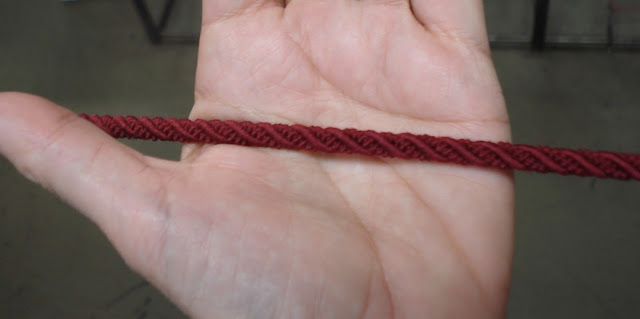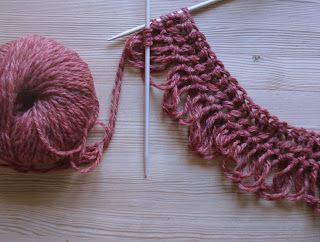In that way I could use a thin round elastic band. Pulled it through the first hem, made a loop and pulled it back through the second. The button is sewed on to secure the ends of the elastic band.
The skirt is called Bulgarian and it is originally written in Japanese and so fun to wear. The knitting of it made me think of this small Danish film called "Maskens mester", about knitting in Peru. If you have 10 minutes left please link to a wonderful video. Enjoy !









































